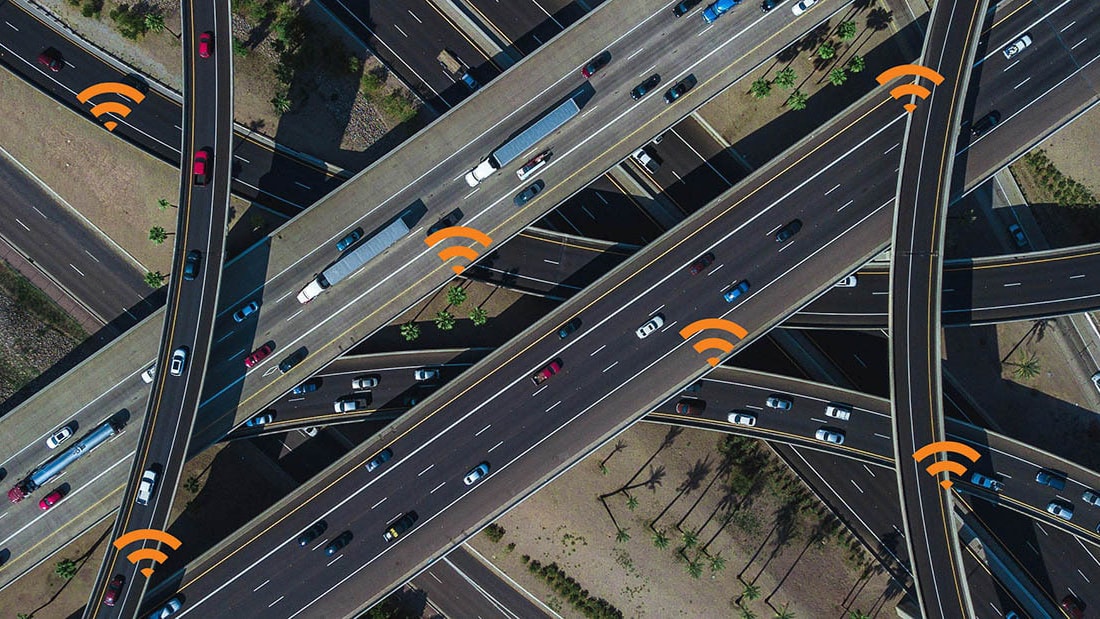Predictive Maintenance with Corrosion Sensors: A Smarter Approach to Infrastructure Longevity
Corrosion is a silent but costly threat to infrastructure. Whether it’s bridges, pipelines, or storage tanks, the gradual deterioration caused by environmental factors can lead to catastrophic failures if left undetected. Traditionally, maintenance has relied on periodic inspections, which often miss early warning signs. However, with the advent of corrosion sensors, infrastructure managers now have a powerful tool to shift from reactive repairs to predictive maintenance—reducing costs, improving safety, and extending asset lifespan.
The Cost of Corrosion and Why It Matters
Corrosion-related infrastructure failures are not just expensive—they’re disruptive and dangerous. A 300-meter bridge in a chloride-heavy environment may require major rehabilitation every 20–30 years, costing between 10% and 30% of the original construction cost. That means for a $10 million bridge, major repairs could range from $1M to $3M per cycle. Beyond the direct costs, unexpected failures lead to traffic disruptions, increased labor costs for emergency repairs, environmental hazards, and safety risks. Traditional inspections provide only snapshots of corrosion status, leaving infrastructure owners vulnerable to unforeseen deterioration.
By integrating real-time corrosion monitoring, infrastructure managers gain continuous visibility into asset health. Corrosion sensors detect deterioration months or even years before it becomes critical. This allows for targeted, cost-effective interventions, avoiding expensive full-scale rehabilitations. Studies suggest that predictive maintenance can reduce repair costs by 20–50%, potentially saving millions over an asset’s lifetime. For instance, a 300-meter bridge that traditionally incurs $2M in major repair costs every 15 years could see savings of 30%, or $600K per cycle with early intervention.
Extending Asset Lifespan with Early Intervention
Bridges, pipelines, and tanks degrade faster in harsh environments, requiring frequent rehabilitation. The earlier a corrosion problem is detected, the easier it is to address it with localized repairs rather than full-scale overhauls. This proactive approach can extend an asset’s lifespan by 5–10 years, delaying costly replacements and reducing capital expenditures. A bridge designed for 30 years of service life can safely be used for 40+ years with corrosion data guiding timely interventions.
Corrosion sensors also help optimize maintenance schedules by shifting from fixed maintenance cycles to condition-based interventions. Many infrastructure owners currently schedule inspections and maintenance at set intervals, even if no issues are present. This results in over-maintenance of some structures and under-maintenance of others. By leveraging real-time corrosion data, operators can prioritize only high-risk areas, reducing unnecessary inspections and improving resource allocation. Instead of scheduling annual inspections across an entire bridge, predictive monitoring allows teams to focus only on sections that show early signs of corrosion, cutting manpower costs by 30–50%.
Safety, Compliance, and Long-Term Savings
Beyond cost savings, corrosion monitoring enhances safety by preventing structural failures before they happen. Unexpected bridge collapses, pipeline leaks, and tank failures pose severe safety risks and expose asset owners to liability issues, regulatory fines, and even legal action. Continuous monitoring ensures compliance with safety regulations, provides audit-ready data, and allows for timely interventions. Avoiding just one major failure can prevent millions in damages and, more importantly, protect human lives.
From a financial perspective, the ROI of corrosion sensors is substantial. Predictive maintenance reduces repair costs by 20-50%, operational efficiency improves by 30-40%, and extending an asset’s lifespan by 5-10 years delays large capital investments. The combination of cost savings, improved safety, and sustainable maintenance practices makes corrosion monitoring an essential tool for asset managers.
Future-Proofing Infrastructure with Corrosion Monitoring
Investing in corrosion sensors isn’t just about preventing failures—it’s about creating a smarter, more sustainable approach to infrastructure management. With real-time data, infrastructure managers can transition from reactive repairs to a proactive, data-driven strategy that optimizes budgets, minimizes downtime, and ensures long-term asset performance.
Call to Action
🚀 Ready to transform your infrastructure management strategy? With real-time corrosion monitoring, you can cut maintenance costs, enhance safety, and extend asset life. Predictive maintenance is not just a smart choice—it’s essential to protect your infrastructure’s long-term viability.
📩 Contact us today to learn how corrosion sensors can provide actionable insights and deliver measurable savings for your organization.

